The International Biennale of Glass was from Oct 6 to Nov 7 on the top-most floor of the National Gallery Square 500 in Sofia. Fulbright Commission invited an organizer of the exhibit to give us a tour, and we appreciated the tremendous amount of effort to put the exhibit together even more. Many of the art pieces are on an exhibit tour per se, to be displayed in various countries at different times. Some artists are established, and some are emerging, to allow the artists an opportunity to be recognized by the professionals and visitors alike.
The building itself is in the avant-garde style, rebuilt in the 1940’s after it was damaged during the war. It is between the St. Alexander Nevski Cathedral and Sofia University. Since the rebuilding, it housed TU-Sofia, as well as the National Gallery of Foreign Art, for many decades. The TU-Sofia offices gradually moved out to its current site (about three metro stops away), and then this building was renovated and opened as a National Gallery in 2015.
This art exhibit surprised me that the glass could be made into a texture that looks like other types of materials, such as the silver vests that looked like metal, the glass-powder-baked kitchen set that looked like pottery, the seedpod with a deep pouch and all those tentacles inside the pouch, the yellow fallen leaves, the books, the scrolls, and the lava pots with such a wide range of color inside the pots, despite its total blackness on the outside. The glass could also be combined with other materials such as wood, and that integration is done when the glass is still hot but not to the extent to burn the wood. Some smooth surfaces could be made from molds, while other features might need to be made while the glass is still hot and it needs to be done very quickly before it hardens.
From the top floor of the building, we can see the golden top of the cathedral, that’s a nice view. In the lobby, the TV was showing some clay making procedure, and then E=mc2 flashed on the screen. I don’t understand Bulgarian so I don’t know what the content was about, but apparently, art requires a lot of understanding of the materials, the production procedures, and the ability to execute a design. We tend to focus on if an art piece is pleasing or not, but when we know how it’s made, we appreciate its value even more.
Earlier this week I had moved to an apartment close to campus after my family left (they didn’t apply for a visa, as visa application required apostilles, and there was a backlog then, so they could only stay for 90 days). When I visited the glass exhibit in the town center later this week, I walked around the area a bit and it felt like homecoming.
When I encountered Church St. George Rotunda for the first time when I just arrived in Sofia, it was a pleasant surprise for me to see it tucked in the center of a courtyard-like space with big buildings all around it. I didn’t enter it and I thought that it was probably a community church from the old time and was still in use. It turns out that it is actually the oldest building in Sofia that still stands. A big part of the city center was destroyed during WWII, and many buildings were built in the 1940’s. Church St. George Rotunda survived WWII, though. The oldest frescos there could date back to the 4th century, and there are five layers of partially preserved frescos on its walls and domes from various centuries. We used to say that Sofia is layered, and St. George Church Rotunda is a literal embodiment of that statement. It is amazing that it is still functional today. When I entered it this time, the priest was leading a couple to recite some scriptures very fast and very passionately. Well, I heard from a friend that the radon level in this church was high and it might not be healthy to stay there for long (I would think that they might have installed some ventilation system to dissipate radon, as this is a common issue in many homes, and there are mitigation measures that can be done).
I then walked by the Crystal Garden that we used to gaze from our previous apartment’s window and pass by nearly daily. The posters there are changed every two weeks to introduce various arts and cultural and/or archaeological sites in Bulgaria. This week it is about Rila Monastery. Although we’ve been to Rila Monastery, we wouldn’t pay attention to every detail of the frescos, and this set of posters were very helpful for me to notice all the details. The first poster in this row of posters was a photo of the Rila Monastery viewed from a high vantage point, and there were rolling hills with big trees surrounding it. Well, the plastic cover of the poster was so reflective that the other side of the park was clearly seen in my photo of this first poster, creating an eerie overlaying of the past and the present.
In the City Garden beside the main road, there was an installation with LED screens to show the video surveillance, data analysis, and AI generated texts. It had been a puzzle for us to figure out what it meant. From internet search, it was a process-oriented interactive art installation called “One Person”. Some friend said that the installation in the park was not permanent, and they might switch out things after several months. This “One Person” has been there when I first arrived, and we’ll see for how long it would stay. Regardless, the green park is a very welcoming place for people to relax. Someone even brought a lounge chair to lie in to enjoy the sunshine.
The Netherlands embassy initiated the “wall-to-wall poetry” project since 2004, and that blue wall now is about the poem “So I believe that also you are” by Jan Hanlo.
The last photo was taken in front of the Sofia University’s St. Cyril and St. Methodius Library. By now you might have heard about this pair of Saint Brothers quite a few times, and there are many churches dedicated to them and places and awards named after them, as they invented the first set of alphabets that eventually led to the Slavic alphabets simplified by their students. They were also the first group of people to introduce the Bible in Bulgarian language.
It was quite cold in Sofia a couple of weeks ago, but on the day of us visiting the glass exhibit, the weather was warm and nice. Even the bees were out and about to continue their work.
From my office window, the leaves became more and more colorful day by day. When I passed by the building in the third photo, I imagined that the residents must be able to pass their math classes easily. From my new apartment’s balcony, the Vitosha Mountain is now closer, and it looks nice at all times.

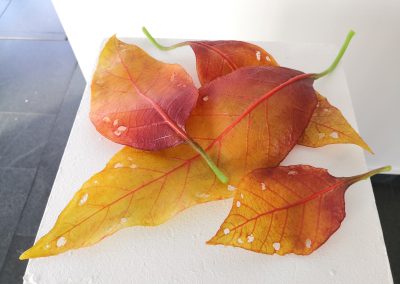
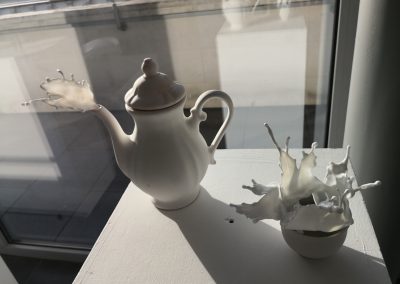

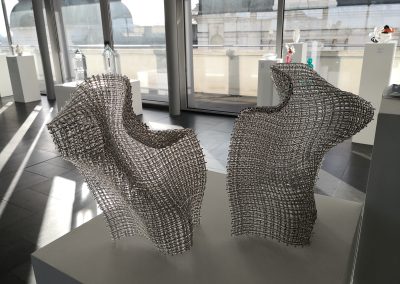
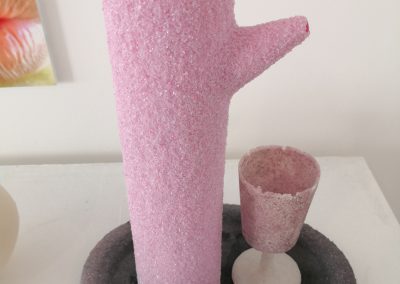



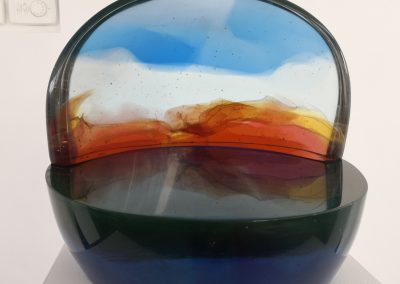
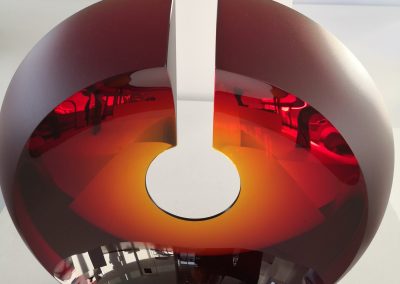


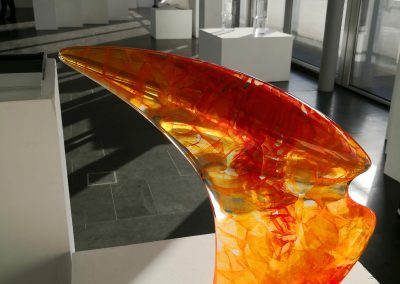

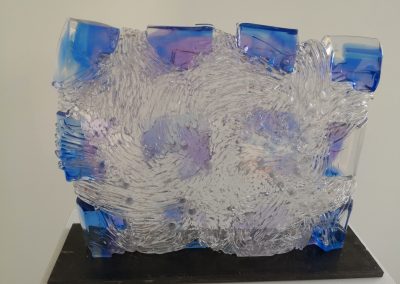

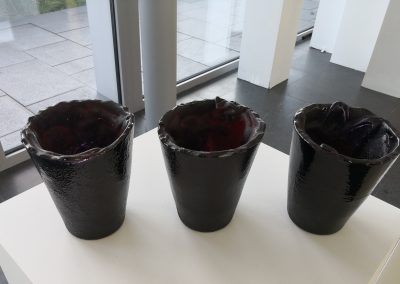
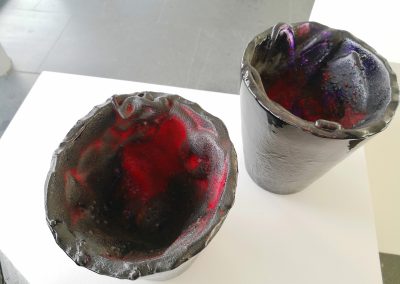
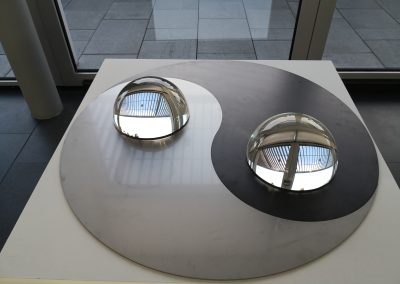

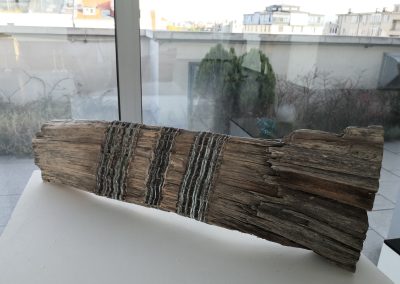

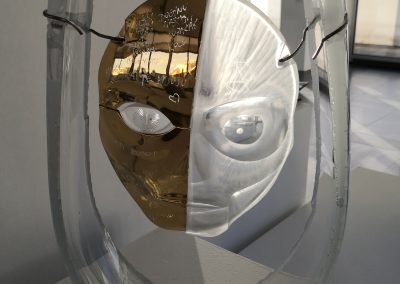
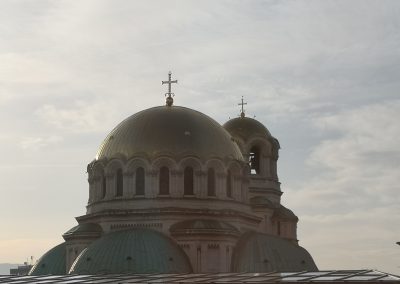
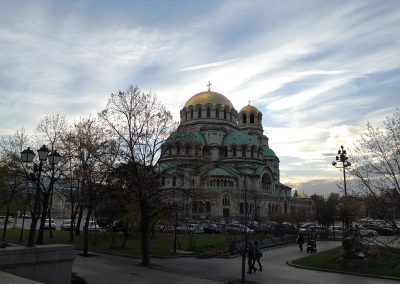

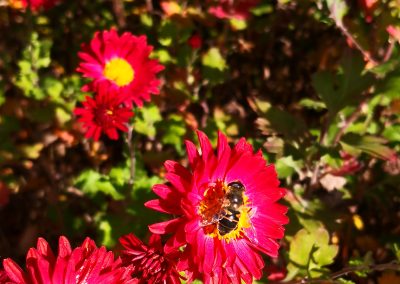
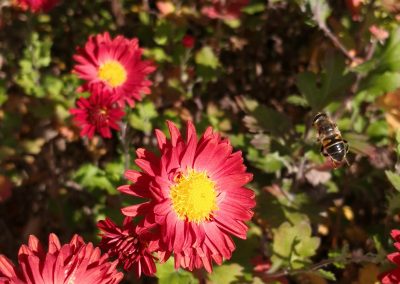
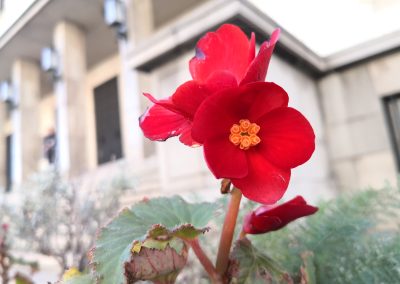
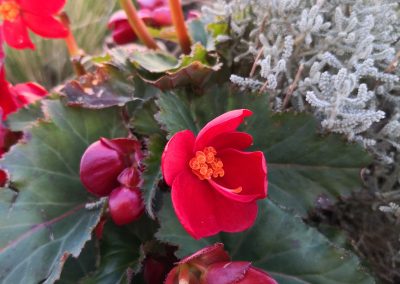

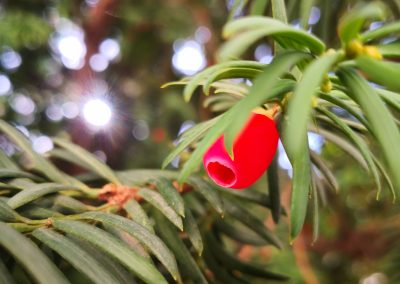
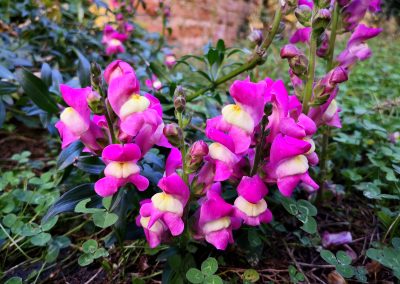
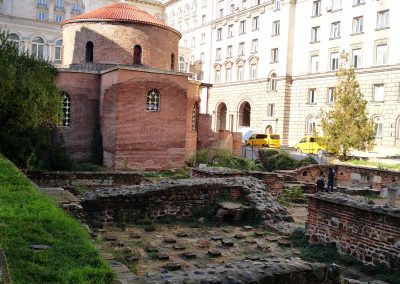
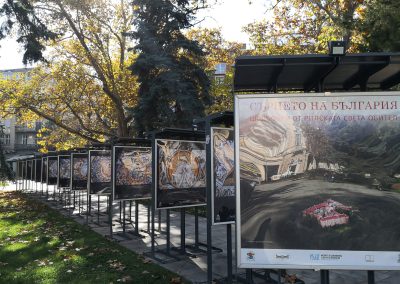
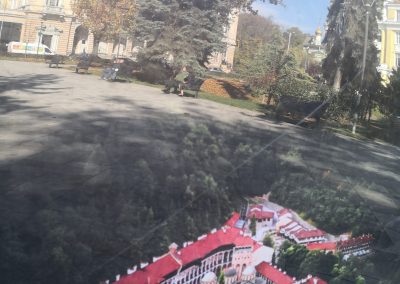
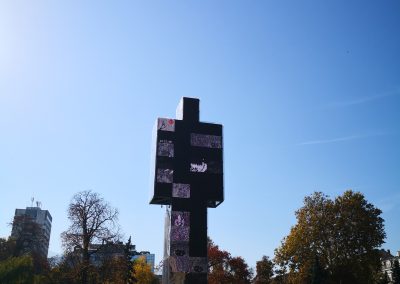
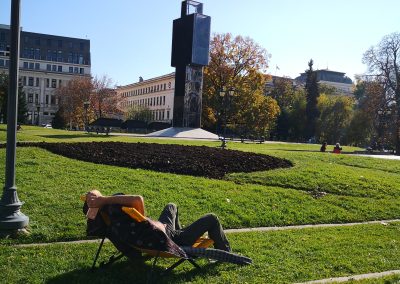
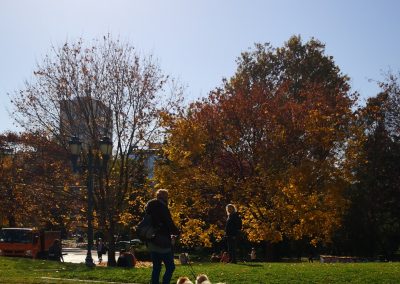
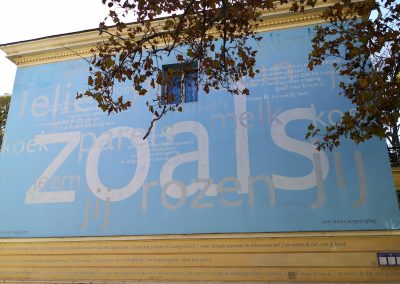
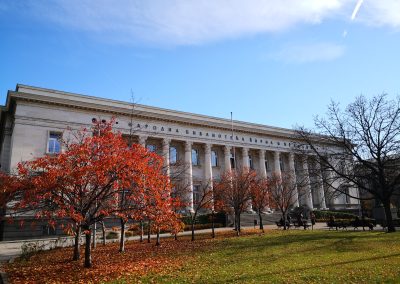
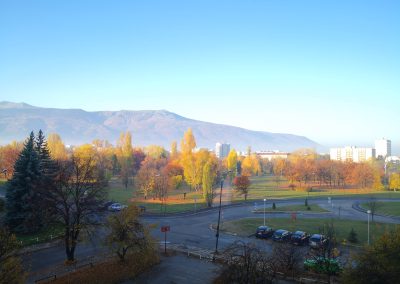
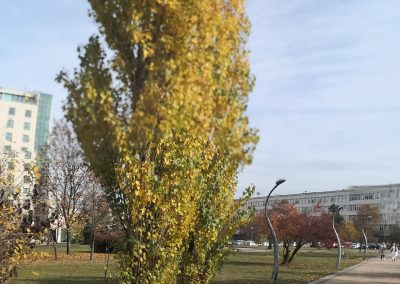
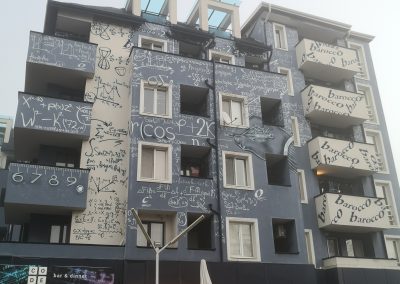
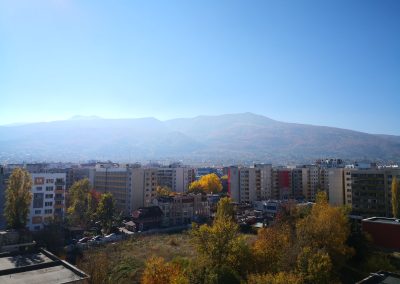


Recent Comments